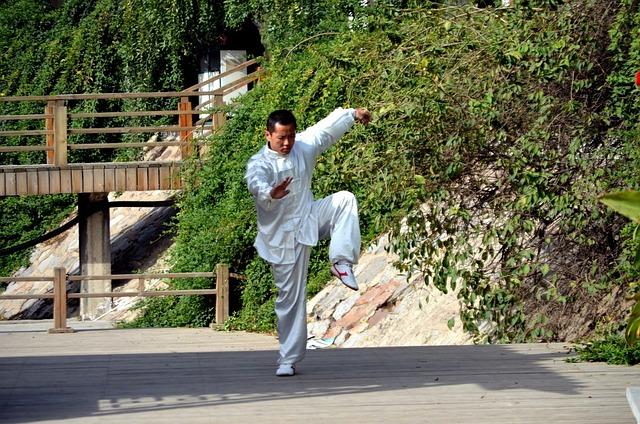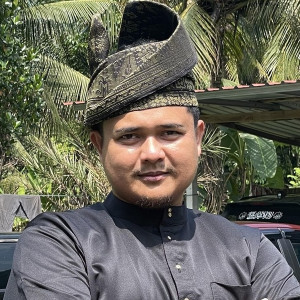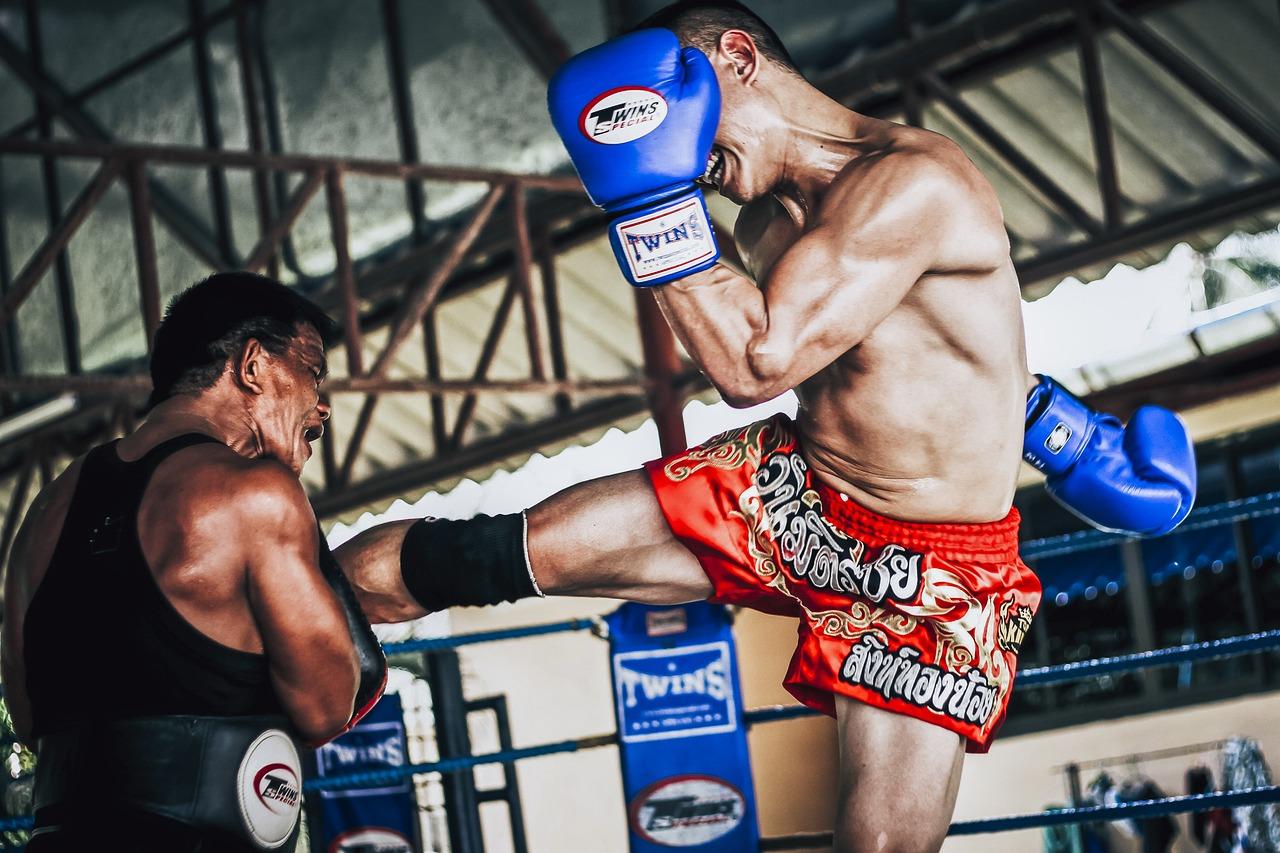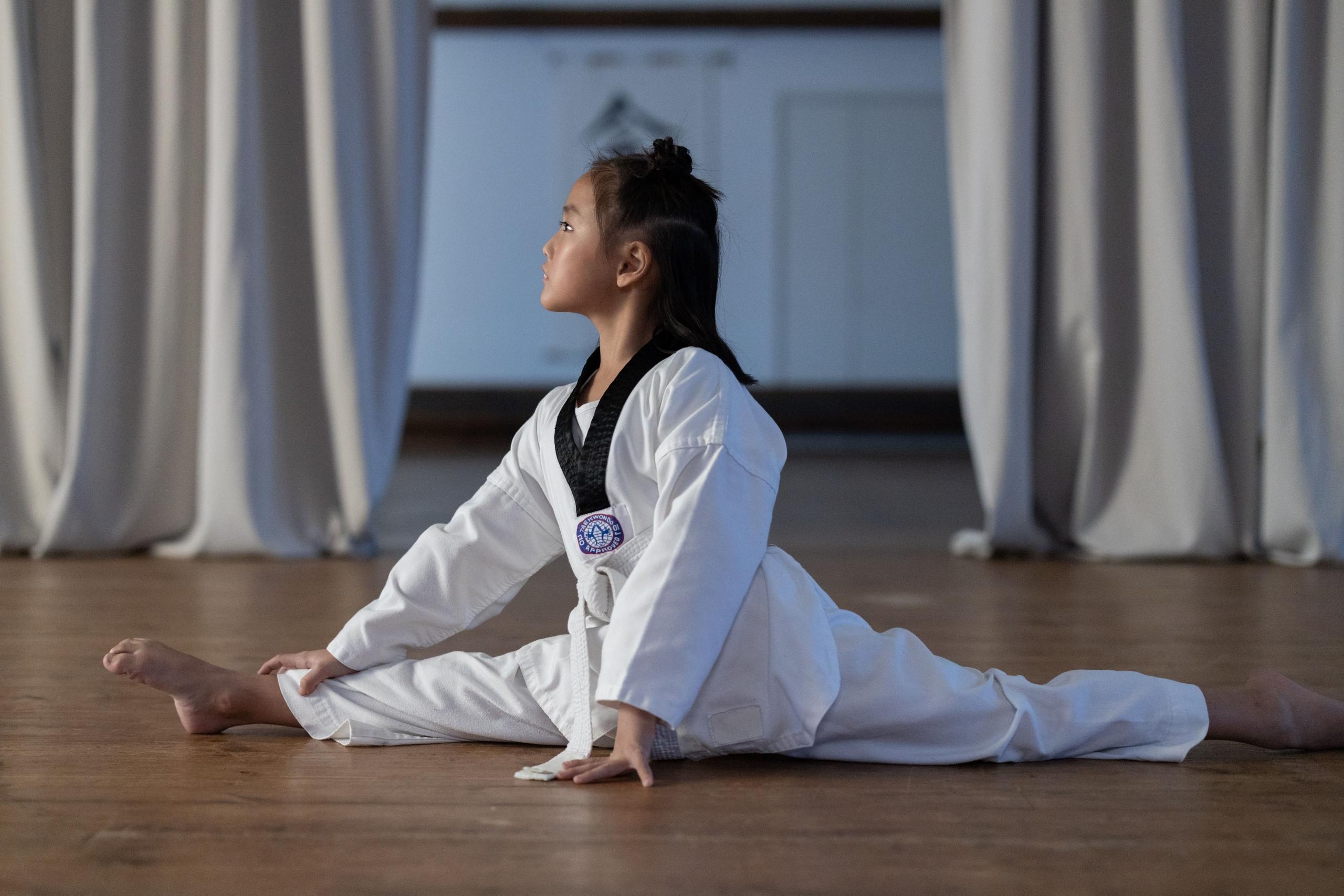Malaysia is home to numerous schools of traditional martial arts that are deeply rooted in its history and culture. Of these, Silat martial arts or Silat Melayu is the most widely recognised and practised. Interestingly, Malaysia has over 150 other martial art forms as well, each with its own technique and style.
Silat, a traditional Malay art, is known for its close combat prowess, using every part of the body for grappling, throwing, and attacking opponents. Beyond Silat Melayu, there are several other well-known martial art forms, like Tomoi, Buah Pukul, and Kuntau—each with its distinctive style and regional following.
Primarily, the difference in all these martial arts lies in their teachings and ideologies. For example, while some arts like Tomoi and Buah Pukul are highly combative, others like Seni Gayong blend philosophical ideas with self-defence.


Tomoi
Also referred to as "The Science of Eight Limbs," Tomoi is a traditional martial art most popular in the northern state of Kelantan in the Malay Archipelago. It is a fast-paced and intense martial art that focuses heavily on striking with the elbows, fists, shins, and knees. A Tomoi master can defeat his opponent using eight "points of contact," unlike other sport-oriented martial training that relies only on "four points" (the fists and the feet).
Tomoi was a favourite game in Kelantan until 1990, when the government banned it, along with several other traditional arts, for being un-Islamic. Prime reasons for the ban were:
Langkah sembah (an animistic war-dance ritual)
mixed gender seating
public displays of tattoos
However, in 2006, the ban was lifted, and Tomoi was allowed to be practised under a new name, "Muay Kelate."
Tomoi is also referred to as Muay Thai's cousin, as it is a Malay adaptation of Muay Thai. To learn more about how they are similar, read Tomoi in Kelantan: Muay Thai’s Cousin with a Twist.
Attack Style
Tomoi involves two modes of action — the attack and defence positions.
- Attack Mode - In the attack position, the fighter uses fists, elbows, and knees to attack opponents.
- Defensive techniques – Includes 6 techniques, namely: blocking, redirection, avoidance, evasion, disruption, and anticipation, to deflect attacks.
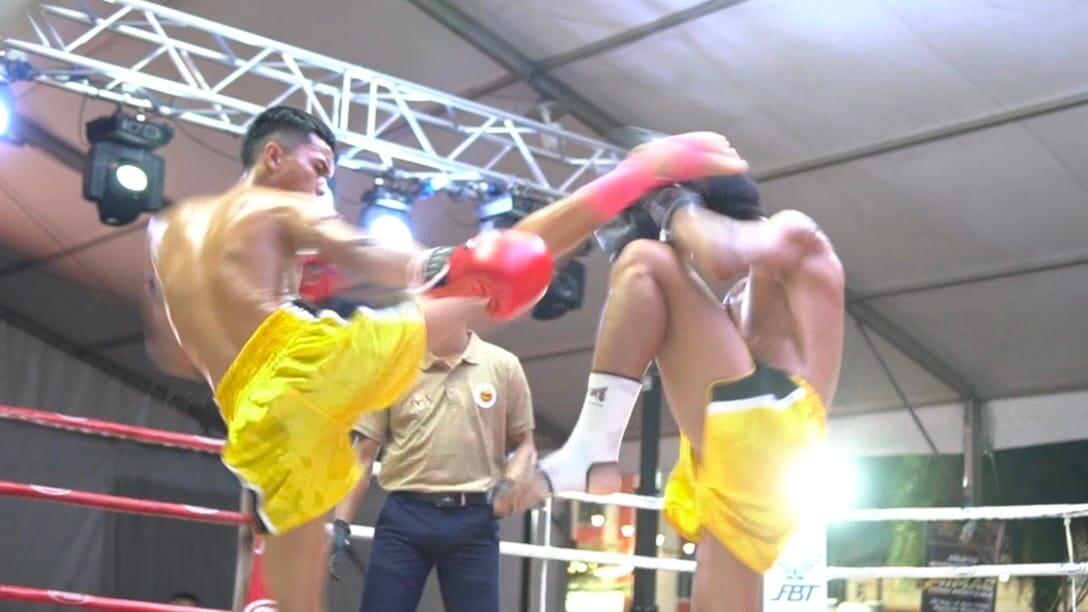
Characteristics of Tomoi
Striking art: The fighting style of Tomoi is quite similar to Muay Thai from Thailand, where both focus on striking with the elbows, fists, knees, and shins to neutralise the opponent
Movement: This martial art emphasises quick movement and effective clinching techniques. A low stance is adopted for maximum control.
Cultural context: The Saperah (ritualistic dances) is often performed before a Tomoi fight
Do you want to know about Muay Thai in more detail? Learn about the different types of Muay Thai techniques to gain a deeper understanding of this popular Thai sport.
Seni Gayong
Silat Gayong, also known as Seni Gayong, is closely linked to Silat Melayu martial arts. Meaning "tiger joint silat," this martial art utilises the tiger claw technique to lock and break opponents' joints. Silat Gayong is a fighting art that increases physical fitness and flexibility while developing precision and counter-attack skills.
Curious about other combat arts? Check out the Indigenous Combat Arts of Sabah and Sarawak.
Origins
The Bugis prince Daeng Kuning is credited with introducing Silat Gayong to the Malay Peninsula in the 1800s. It was eventually passed down to his great-grandson, Meor Abdul Rahman, who is credited with popularising this martial art in Malaysia and beyond.
Like most Silat styles, the teachings of Seni Gayong were once restricted to students who practised under their masters. It was only in 1942, when the Japanese occupied Singapore, that Meor Abdul Rahman started teaching Seni Gayong publicly to the locals to teach them self-defence.
Eventually, Abdul Rahman founded Malaysia's first martial arts association, Pertubuhan Silat Seni Gayong Malaysia, in the 1950s.
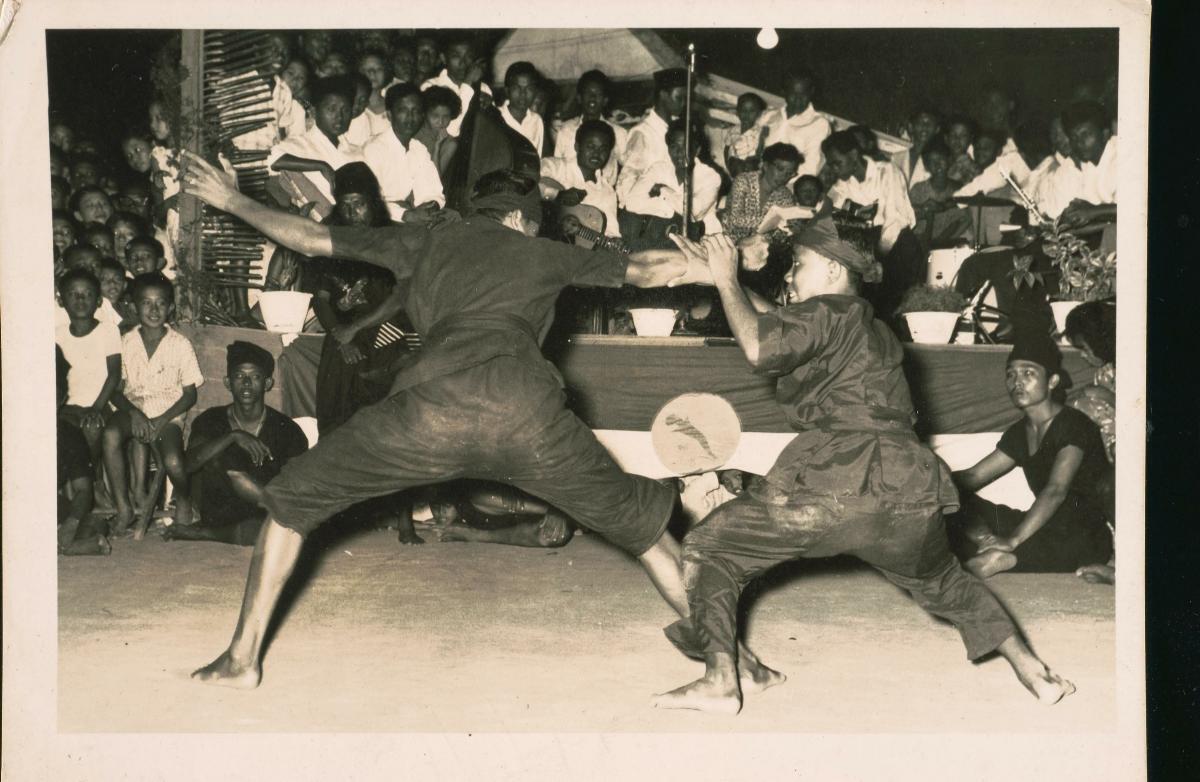
What Makes it Unique
- It combines combat arts with spiritual training
- Emphasises self-development, enabling one to become a better person
- Practitioners must go through rigorous training and pass several stages before being certified
Buah Pukul
Buah Pukul is a Malaysian martial art that traces its roots to Chinese and Middle Eastern fighting styles. It was brought to the State of Johor in the late 19th century by Syed Abdul Rahman Al-Yunani, a Chinese Muslim of Arab descent.
In comparison to other conventional styles, Buah Pukul removes all ceremonial movements in favour of a straightforward, no-nonsense martial style. It relies on lightning-fast reflexes and deadly strikes to tackle any combat situation.
Fascinating History
Legend has it that when Syed Abdul Rahman arrived on Singapore’s shores, he was attacked by a mob. But to everyone’s surprise, he defeated them quite easily. News of this incident reached the Sultan’s ears, who immediately sent the commissioner of Endau, Awang Daik, and his friend, Muar police chief Pak Long Mat Yasi to investigate.
After their defeat, both became his students. Since Abdul Rahman took his classes at Mersing, the art got the name Buah Pukul Mersing. Following this, the Sultan instructed Abdul Rahman to restrict himself to teaching only members of the royal family and their bodyguards.
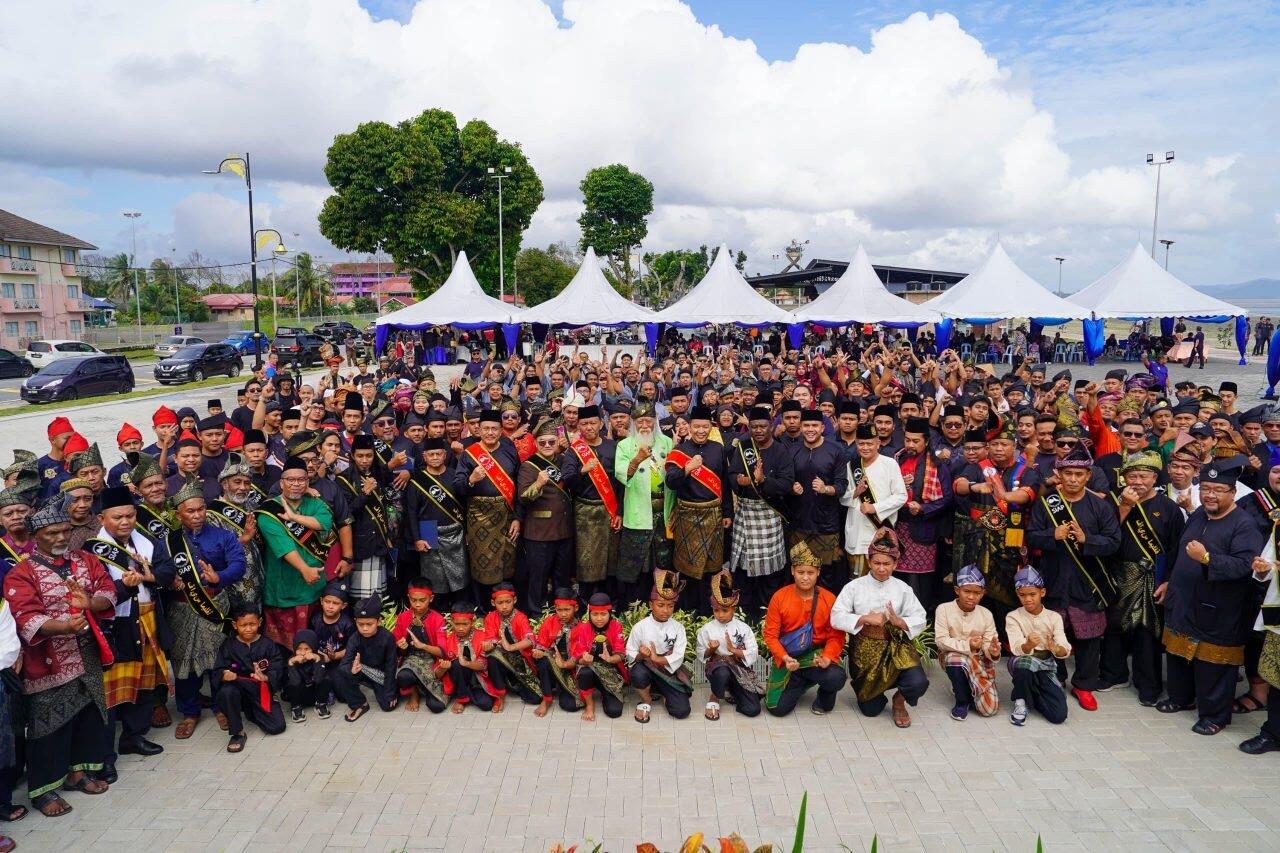
Characteristics of Buah Pukul
Striking art: It is a close-combat style focusing on swift, direct attacks capable of bringing down an opponent within seconds
Strategy: Practitioners are trained to handle multiple opponents at once
Guarded knowledge: Once reserved only for royalty, the knowledge of Buah Pukul was held on to very tightly. Over time, it filtered down to the general population
No-frills movement: Unlike traditional Silat forms, Buah Pukul doesn’t have any fancy bunga movement. It is a no-frills martial style where every movement has one aim—to neutralise the opponent
If you would like to dive deeper, check out this detailed guide on Buah Pukul: Johor's Art of Fast Combat.

Kuntau
Kuntau is a traditional martial art rooted in the Chinese martial arts system. It is believed that Chinese people brought this unique martial art with them when they migrated to Malaysia.
Origin
There are several theories surrounding the origin of Kuntau. They are:
- The teachings of kuntau came in a dream called “Tujhu Indu” where seven mystical ladies teach kuntau to seekers on ‘buah’ (application), ‘bungai’ (movement), and ‘lapis’ (counter-move).
- Kuntau originated from the Hokkien Chinese immigrants who settled here.
- Another belief is that in the olden days, there was no kuntau. There was only the traditional custom of “Lancham Ngeli” (sharpening of teeth). With the custom of sharpening teeth, they bite and maul each other to show strength.
Regardless of its origin, Kuntau is a highly skilled martial art known for its powerful strikes and excellent grappling techniques. It teaches practitioners self-defence and shows them ways on how best to protect themselves.
Characteristics of Kuntau
- Kuntau doesn’t have a single style. It varies from family to family.
- However, one characteristic feature of kuntau is the low stance adopted by the players and the fact that most of the attacks are directed toward the lower part of the body.
- Kuntau has two techniques—Bunga and Buah.
- Bunga refers to the formation of movement
- Buah refers to the defending/attacking technique
- Bunga refers to the formation of movement
- Traditional weapons include the terabai (shield), the sangkuh (spear), parang ilang machete, kerambit (tiger claw), and blowpipe.
- The Dayak tribe in Kalimantan uses a lot of locks, also known as the Bangkui lock
By now, you must have realised the benefits of mastering these martial arts!
Silambam
Silambam is a traditional martial art that originated in Tamil Nadu, India. It is regarded as one of the oldest martial arts ever documented, with its roots going back to the Dravidian period. Silambam reached Malaysia in the late 14th century when British colonizers brought Tamil workers from India to work in the plantations.
By the 19th century, Silambam had become quite popular in Malaysia. However, since it was a foreign art, it lacked legal recognition. As a result, it was taught in secrecy to avoid coming to the notice of law enforcement agencies.
However, today there is a revival in interest in these traditional arts. Discover how the government and other institutions are working to preserve these heritage arts in Malaysia.
Role During India's Independence
Silambam played a pivotal role in India’s fight for Independence. During the freedom struggle, Veera Pandiya Kattabomman and his supporters practised Silambam to resist British forces. The British, in turn, outlawed the sport, alarmed by its popularity and mass mobilisation capacity. It was only after Independence that Silambam started being practised openly across India.
Meaning
The word Silambam means "staff from the hills," where:
“Silam" means "hills" and
"Kambu" means "staff or sticks"
Technique and Weapons
- The sport is often played on a hard, level surface
- Bamboo sticks used are the same length as the height of the players
- Students are required to master 18 different types of footwork
While bamboo is the main weapon, several other weapons are also used. They are:
- Aruval (Sickle)
- Koppattan (Haunlet-sword)
- Kathi (Knife)
- Vaal & Kedayam (Sword & Shield
- Savukku (Whip)
- Eer Vaal (Saber Sword)
- Kuthuval (Dagger)
- Kuthu Kattai (Knuckle Duster)
Are you interested in learning a martial art like Silambam? At Superprof, we have experienced tutors who can guide you. Look for a martial arts class near you in Malaysia and start your martial arts journey.
Conclusion
Malaysia’s martial arts don't just teach physical exercises: they are a celebration of the country’s diverse cultural heritage. Today, these martial arts have earned a loyal fan following in the Malay Peninsula, but their popularity has now reached international shores too, with some schools teaching these arts in select locations in the United States.
Has this inspired you to learn martial arts? Don't worry! Whether you are drawn to the graceful moves of Silat, the spiritual depth of Seni Gayong, or the deadly style of Buah Pukul/Tomoi, our expert teachers at Superprof are just a click away.
It doesn't matter that you are a beginner-level martial arts student; our dedicated tutors are available to guide you every step of the way.
So, what are you waiting for? Contact us today and connect with our experts.

